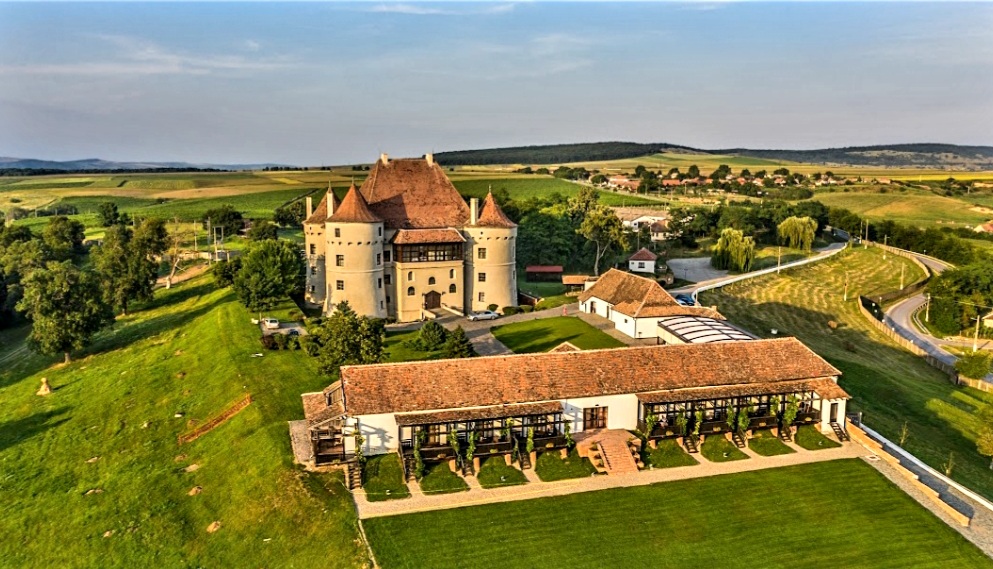Cover Image: © Cramele Jidvei- Wines of Romania
Wines of Romania is a private Association created to promote the wines of a region in full expansion on the international market, thus supporting Romanian producers in the process of expanding into new markets.
Marinela Anderlean, owner of the Association, in this interview, shares a small part of the ancient Romanian winemaking tradition and its equally noble history
For the full review click here.








